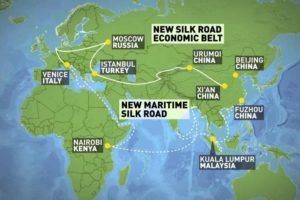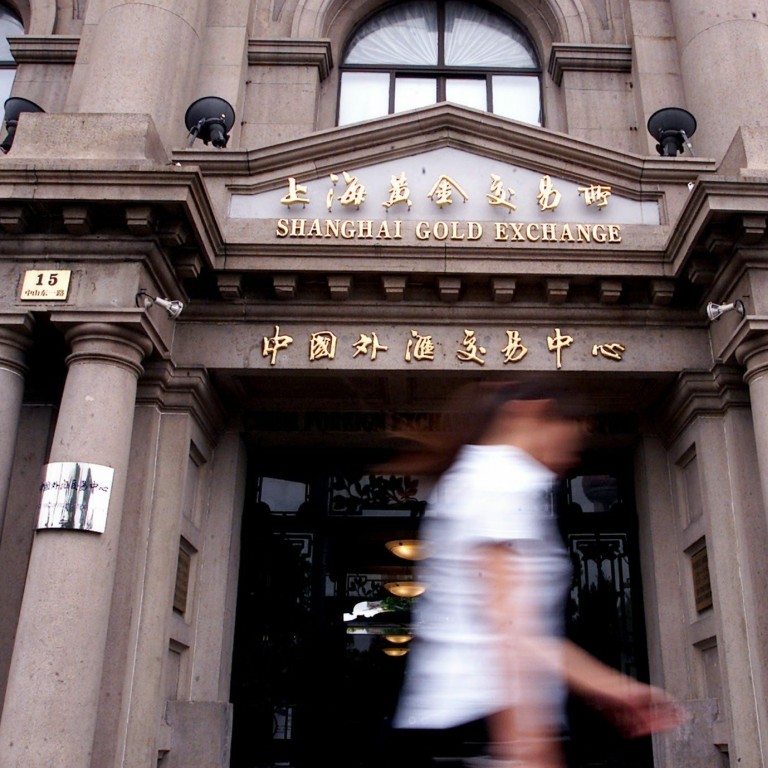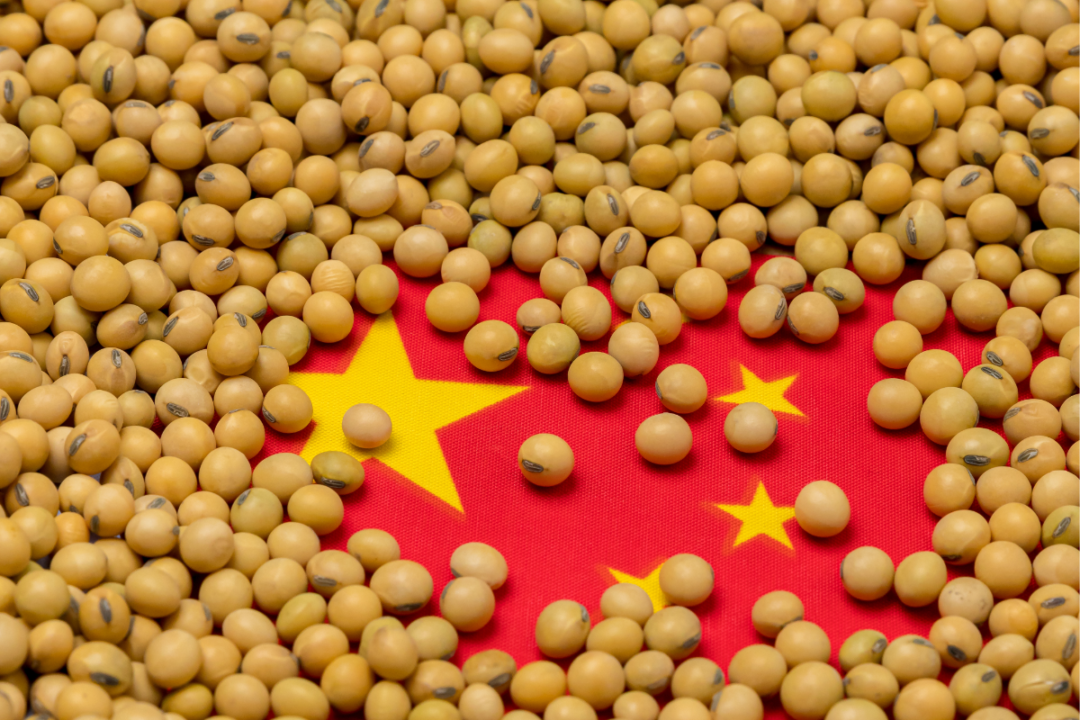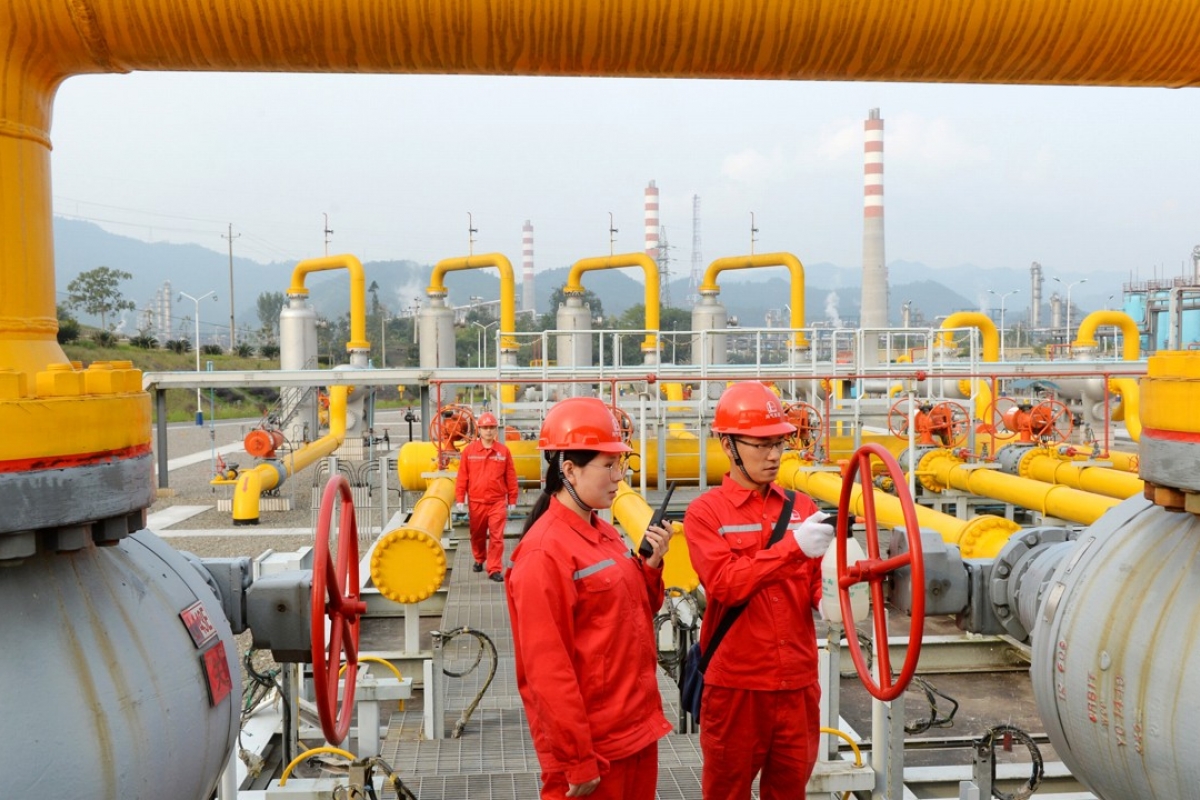Launched just five years ago, the Belt and Road Initiative (B&R) has come a long way in a short time. While the rising risk of a prolonged US-China trade dispute looks set to reshape the global trade and investment landscape, we believe that it could fuel B&R’s growth and make it even more important for the long-term development of China and its partner countries.
Belt And Road Connections Are Increasing
The latest data indicates that China’s trade with B&R partner countries grew 13.4 percent in 2017, accounting for over a third of the country’s total trade. In the past five years, China’s direct investment in B&R has exceeded USD70 billion, with an average annual growth rate of 7.2 percent year-on-year.

B&R’s presence has been felt even more by its partner countries. The continued expansion of South-South trade corridors and rising investment in regional connectivity along B&R routes are key antidotes to US-China trade uncertainty, in our view. China could stand to gain more allies and reduce its dependency on the US via B&R, as trade tensions could persist long enough to reshape the global supply chain.
About 7 percent of ASEAN and North Asia’s (ASA) foreign direct investment (FDI) in 2014-16 came from China, while investment from China accounted for 2-3 percent of GDP in Laos and Cambodia. Meanwhile, China now absorbs a fifth of sub-Saharan Africa’s (SSA) exports, and the region’s imports from China have grown quickly in recent years due to capital-goods imports for B&R projects.
Expanding Via East Africa
Beyond Asia, B&R is reshaping investment flows into SSA: Ethiopia and Kenya, which signed up for projects early, are now the top destinations for inbound contract work from China, whereas oil exporters Nigeria and Angola were the top destinations for such work in 2010.
China’s commitment to expanding B&R in Africa is clear based on recent evidence from the China-Africa Cooperation forum, at which Beijing pledged an additional USD60 billion of investment and concessional lending to the region. A notable takeaway from the event was an emerging shift in B&R’s focus beyond East Africa, with trans-regional infrastructure development becoming a key future theme.
Moving to the Middle East, North Africa, Afghanistan, and Pakistan (MENAP) region, B&R’s impact has seen the region go from a trade surplus with China to a deficit in recent years due to lower oil prices and rapid growth in B&R-related imports from China. We believe MENAP’s oil exporters would welcome the prospect of China sharing the burden of infrastructure spending, as lower oil prices have hit government revenues.
Five years of rapid Belt and Road expansion has led to some challenges, but none are insurmountable.
Challenges And Risks
Of course, B&R’s fast-expanding scope and the large financial commitments required for its infrastructure projects are creating challenges and risks – but the trade war could be the catalyst that encourages China to address them.
A key growing pain has been the deterioration in trade balances of countries receiving B&R investment. These countries have increasingly needed to import capital goods for projects but will only see returns at later stages of the investment cycle. Weaker external trade positions increase these countries’ exposure to currency volatility and reduce their policy support options.
B&R projects are also typically costly and often funded with substantial debt, especially relative to the size of many partner countries. The long gestation periods of such projects make debt servicing more difficult.
Worsening fiscal positions in B&R countries, the crowding-out of other viable investment, and rising country risk premia could all become part of a growing debt sustainability problem, although we see low systemic risk at the current stage thanks to bilateral debt relief offered by China.
Clearly, no amount of debt relief is enough if countries involved in B&R do not ensure that a project is commercially and socially viable. Improving the transparency of the deals encourages market scrutiny.
We think China should also rely less on the bilateral resolution of debt issues, as this may further strain relationships. Rather, China may benefit more from aligning its policies with multilateral conventions, such as having a Paris Club-like collective approach to handling distressed debtors. China could also help domestic companies involved in B&R select appropriate projects and better manage related risks.
US-China trade tensions are unlikely to go away any time soon. In the meantime, prolonged uncertainty is likely to impede global growth, reshape global supply chains, and forge new geopolitical rivalries and alliances.
Five years of rapid B&R expansion has led to some growing pains and exposed some inherent challenges, but none are insurmountable, especially if China is to commit to a more transparent and multilateral approach.
If anything, we believe the rising US-China trade dispute could play a key role in bringing all B&R parties together via closer trade and investment links. China gets to cement its new leadership by driving globalization, while B&R partner countries are likely to get much-needed boosts to their infrastructure, production capacity and general competitiveness.
About Kelvin Lau
Based in Hong Kong, Kelvin Lau is a member of Standard Chartered’s Greater China research team, holding more than 14 years of experience in economic analysis. Lau specializes in offshore renminbi development and provides research on the economies of Hong Kong and southern China and their integration. He has been instrumental in the construction of the Standard Chartered Renminbi Globalization Index, the first industry benchmark that tracks the progress of the currency’s internationalization. He holds a BSc from the London School of Economics and Political Science.
Graphic Credit: CGTV








